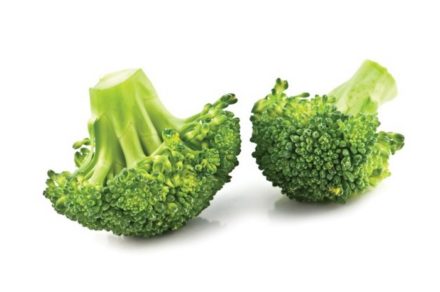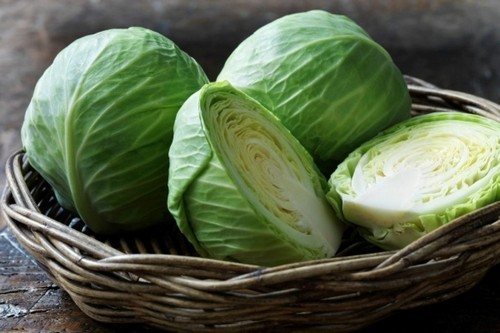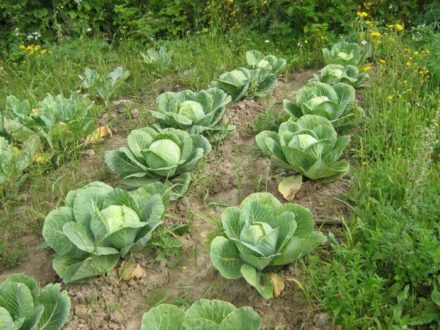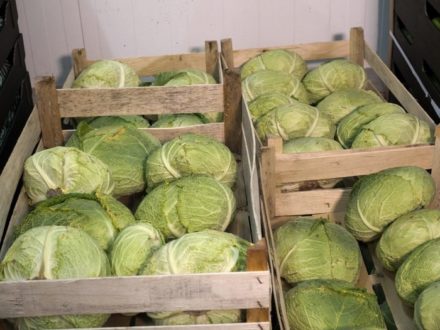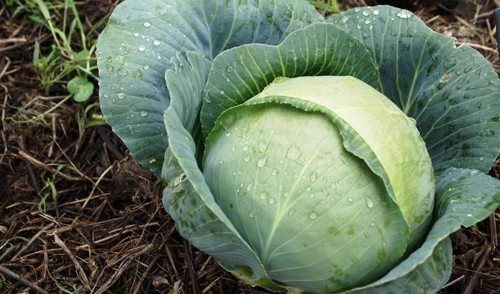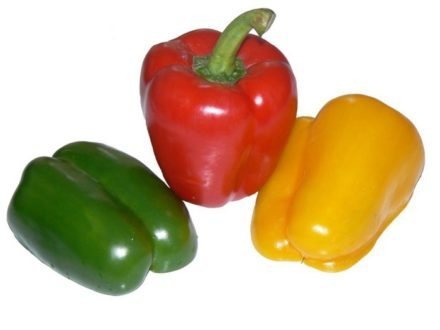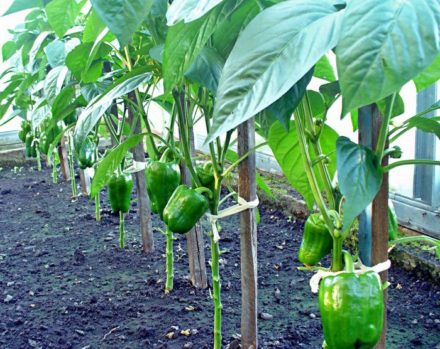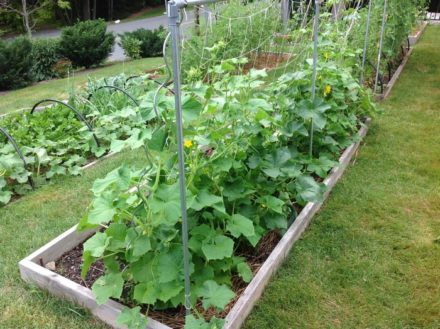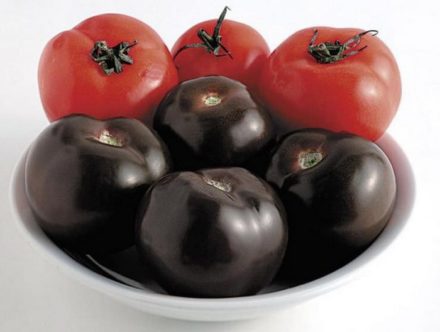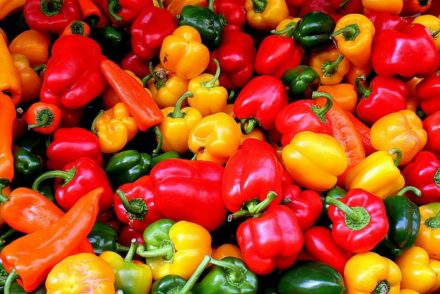Medium and late varieties of cabbage are suitable for pickling. Heads of cabbage need to be selected taking into account some other criteria. For example, it is better that the shape is flattened and the leaves are white. White cabbage contains more sugars, which promotes proper fermentation. The head of cabbage must be dense. Breeders have developed varieties ideal for pickling. It's time to get to know them.
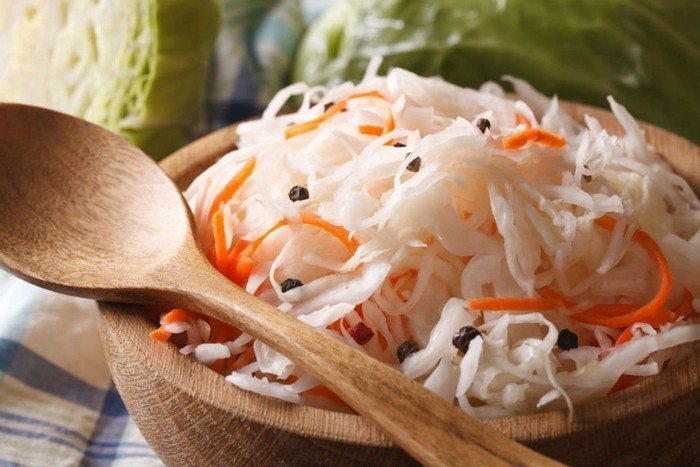
Varieties of cabbage for pickling and pickling
Not everyone knows that pickling and pickling are two different ways of preparing cabbage for the winter. The main difference is the amount of salt. When fermented, its share is no more than 2.5% of the total mass. When pickling cabbage, use from 6 to 30% salt, having previously dissolved it in water.
In both cases, special pickling varieties of vegetables are used. Ready-made salted and sauerkraut is expensive. It is more profitable for summer residents to grow heads of cabbage themselves in order to then prepare a useful product. To do this, you will need to study the characteristics of suitable varieties.
Slava 1305
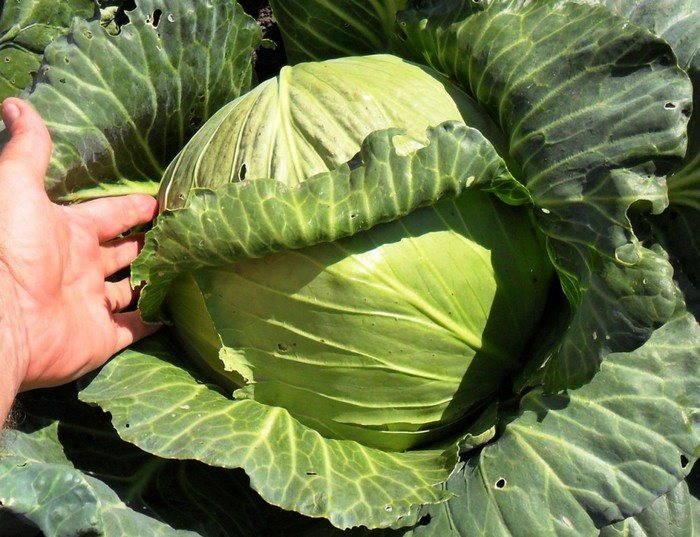
A legendary variety of cabbage, familiar to several generations of Russians. “Slava” is a mid-season species and is characterized by high productivity. The first heads of cabbage are ready for cutting 3.5-4 months after planting. Cabbage for pickling is cut in September. If the heads of cabbage have not begun to crack, you can keep them in the garden longer, this will only make the vegetable tastier both fresh and salted.
On average, the heads weigh 3.5 kg. Some heads of cabbage reach a weight of 5 kg. Their shape is flat-round, the density is average. The variety was bred specifically for salting. Fresh cabbage does not last long. The heads of cabbage last until the New Year at most, and then they begin to deteriorate. The variety is resistant to diseases typical of the crop. The crop tolerates transportation well over long distances.
Present
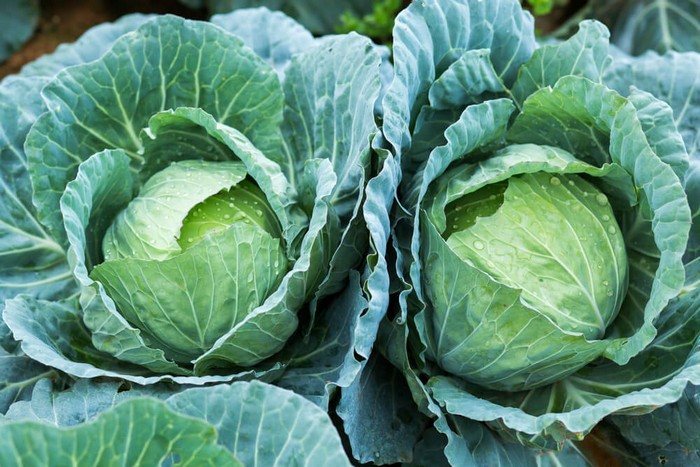
Another old variety, popular among Russians. Cabbage has been grown since 1961. “Podarok” has a universal purpose, as it is not only suitable for pickling, but is also perfectly stored fresh, and then used for preparing salads, first and second courses. Heads of cabbage gain weight of 3-5 kg. There is a waxy coating on the top of the forks.
When cut, the cabbage is greenish-white in color. Heads of cabbage can be either round or flattened. This variety of vegetables can be stored for up to 6 months. The fruiting period is extended. The first heads are cut off 4 months after sowing, the final harvest is harvested after 5 months. Heads of this variety are not prone to cracking. In general, cabbage is characterized as unpretentious to growing conditions and care.
Belarusian
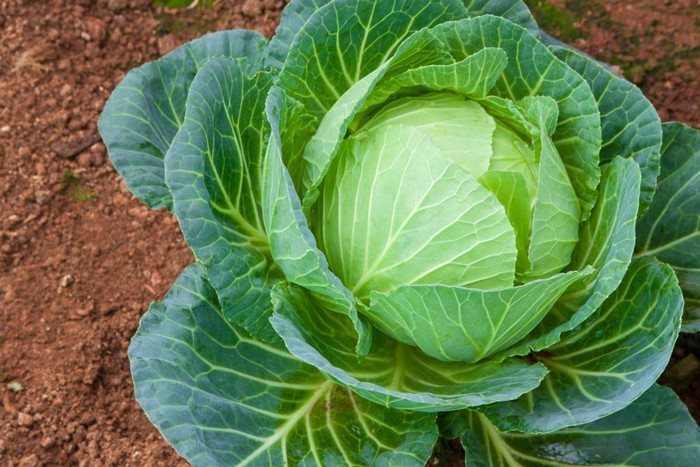
This cabbage is no less popular than “Slava”, and even has one undeniable advantage. Heads of cabbage of this variety are stored for a long time; under optimal conditions, they can last until April without loss of commercial quality. The growing season lasts 120-135 days. The harvest is massively harvested in early October. The heads of cabbage are stuffed, dense, round in shape. The average fruit weight is 3.5 kg. The top of the forks is covered with dark green leaves.
The inside of the vegetable is white or slightly greenish in color. The variety was developed a long time ago and was constantly improved by breeders. New cultivars have an additional digital index that allows them to be distinguished. For example, “Belorusskaya 85” has a later ripening period compared to the common “Belorusskaya 455”. Cabbage does not crack even during late harvesting and during transportation.
Moscow late 9
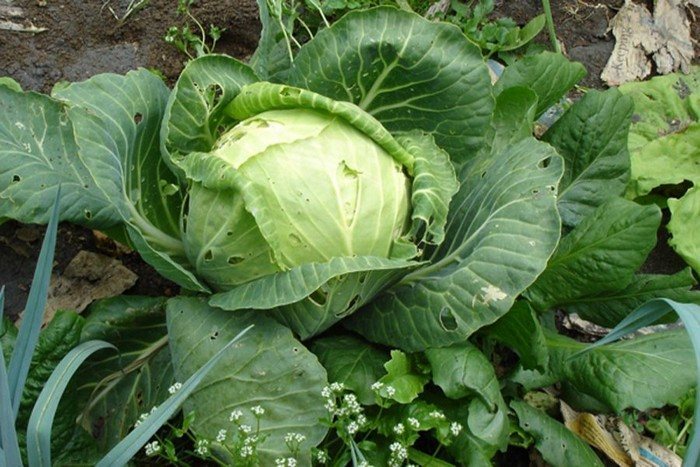
Large-fruited traditional variety with very large heads weighing up to 8 kg. The upper leaves are greenish-gray. When cut, cabbage has a creamy color. The shape of the heads of cabbage is round. The leaves are characterized by juiciness and a high sugar content. The fruits are not prone to cracking. Cabbage has good immunity; it practically does not get sick.
The first forks are cut at the end of September. Cabbage is harvested en masse in October. Culinary experts appreciate “Moscow Late” for its excellent taste. The heads ripen in 125-140 days. Cabbage is resistant to clubroot and cracking. The purpose of the fruit is universal. This cabbage is especially tasty when sauerkraut.
Salting miracle F1
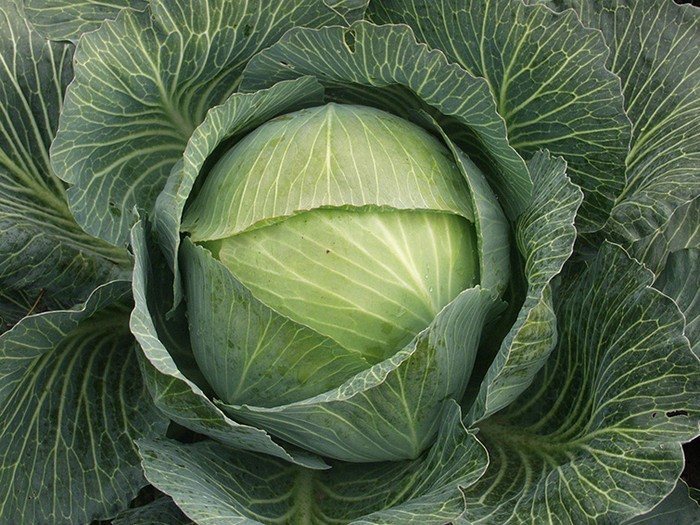
A new selection, specially designed for salting. The hybrid was bred by Dutch breeders. The variety shows high productivity. Ripening time is 110-115 days. The average weight of heads of cabbage is 4 kg. The fork cut is light. The color of the upper leaves is dark green. There is a moderate waxy coating. The forks are characterized by increased density.
The vegetable has a high content of juice and sugars. The hybrid is resistant to disease and weather conditions and can be grown in different climatic zones. The heads of cabbage do not crack, even if the harvest is not harvested in a timely manner. The fruits have a high content of vitamins and valuable acids.Cabbage tolerates transportation well. The hybrid can be grown either through seedlings or by direct planting in the ground.
Kharkov winter
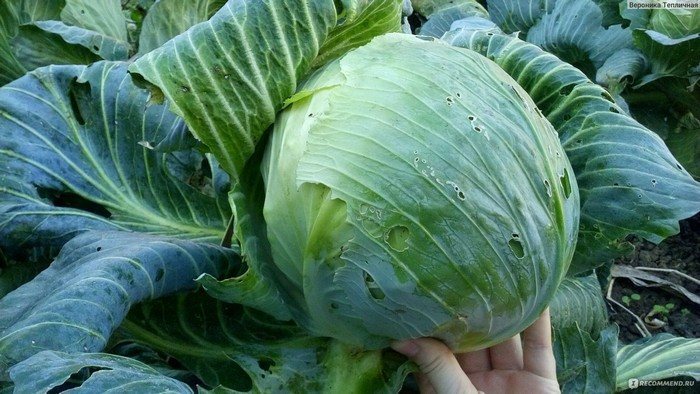
Late-ripening variety, harvested 5-6 months after sowing. The heads of cabbage have a flat-round shape and are distinguished by high density. The forks are not very large, their average weight is 3.5 kg. The covering leaves are dark green in color, and the cut of the forks is snow-white.
This variety has a universal purpose, although it is most often used for pickling.
Cabbage of this variety can be stored in the cellar until spring. During the growing process, “Kharkovskaya Zimnyaya” shows resistance not only to cold, but also to drought. The heads of cabbage do not crack. Initially, the variety was zoned for Ukraine; later it began to be grown in areas with temperate and cool climates.
mother-in-law

High-yielding variety with medium ripening periods. The duration of the growing season is 125-135 days. The average weight of heads of cabbage is 3 kg. The covering leaves are gray-green, with a pronounced waxy coating and a wavy edge. The cut color is creamy. The forks are dense, which guarantees good transportability. According to the tasting scale, this variety received a rating of 4 out of 5 from experts.
The taste of the vegetable is delicate. The variety is mainly used for fermentation and pickling. Fresh cabbage does not last long - 3-4 months. The variety is resistant to attacks by pests and diseases; according to the method of cultivation and type of use, it is characterized as universal.
Even if the correct type of cabbage is chosen for pickling and pickling, you can ruin the whole thing by violating the cooking rules.Do not chop the vegetable too thinly, otherwise the product will not be crispy and will become soft. Do not use aluminum cookware as a container. Salt should be medium or coarse, without additives. During fermentation, do not cover the cabbage with a lid tightly: gases need to escape. I like


